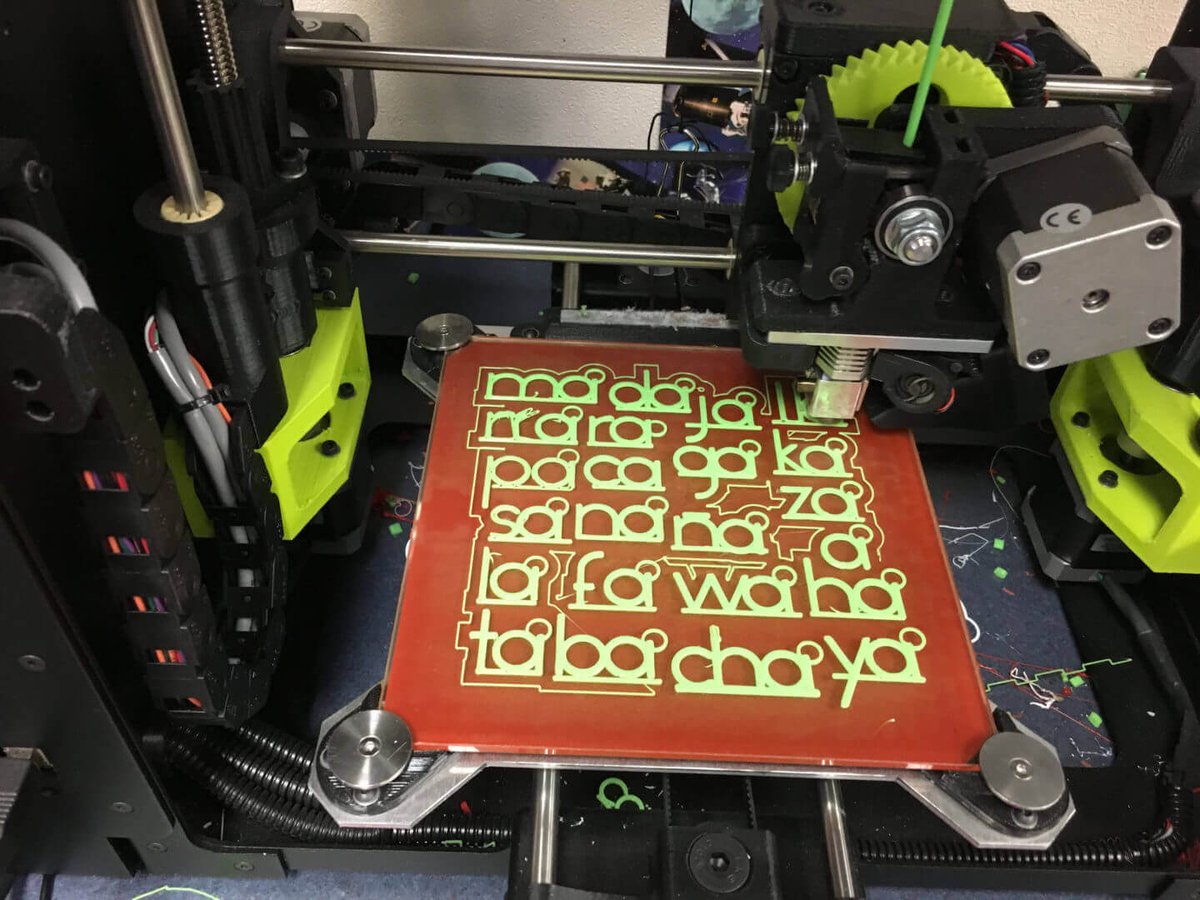As 3D printing becomes more accessible in the classroom, it allows educators to implement more engaging approaches to bilingual learning.
Don’t Miss: LulzBot Mini Review: This Mighty 3D Printer Does the Job
Javier Montiel is a forward-thinking educator solving old problems with new technology; he’s using LulzBot 3D printers to help his students learn basic concepts in phonetics.
Montiel teaches bilingual learning at Velasco Elementary School, located within Greater Houston’s Brazosport Independent School District. His 3D printed models of syllables in the Spanish language are an effective and innovative study aid.
He explains the moment when inspiration struck:
“After a deep reflection process of what could be the best approach for these students to write and manipulate syllables, my first thought was to cut and laminate bulky cards. Then I raised my head, and I saw the school’s LulzBot Mini 3D Printer. Just like a flash, inside my mind, I saw the syllables being printed and my students touching, manipulating, dragging, and dropping the complete syllables to create words with them.”
The syllables are designed with separation between the letters so they are easy to distinguish. After the prototype was designed and fabricated, Montiel’s students could better understand how the syllables function. For example, having the vowel go after the consonant.
Bilingual Learning is a Snap with 3D Printed Syllables
Montiel continues:
“At the beginning stage of the project, the students used Text to Speech technology to realize if they were able to produce the correct words using the 3D printed syllables using a constructionist approach. After the Text to Speech phase, the students produced the words using their working memory to create words on a working mat.”
There are two versions of this mat. The first is a paper version. This allows students to place the 3D printed syllables around the frame and generate words by dragging and dropping the syllables into the center of the mat. Thereafter, the paper mats inspired an electronic tablet version. It enables students to use their finger to drag and drop multiple recurrent syllables.
Montiel has tfurther leveraged the school 3D printers by rapid prototyping a variation of the syllables. These models have rings to string on a shoelace and make a necklace. This helps his students with bilingual learning constantly, even as they participate in other activities throughout the day.
As 3D printing becomes more accessible in the school environment, it allows educators outside of the traditional STEM subjects to explore new techniques and approaches.
“3D printing is a great way to materialize the needs and possibilities of educators like myself by allowing us to create with our hands our dreams and ideas in plastic,” Montiel says.
Source: LulzBot

License: The text of "Bilingual Learning With 3D Printing at Elementary School" by All3DP is licensed under a Creative Commons Attribution 4.0 International License.